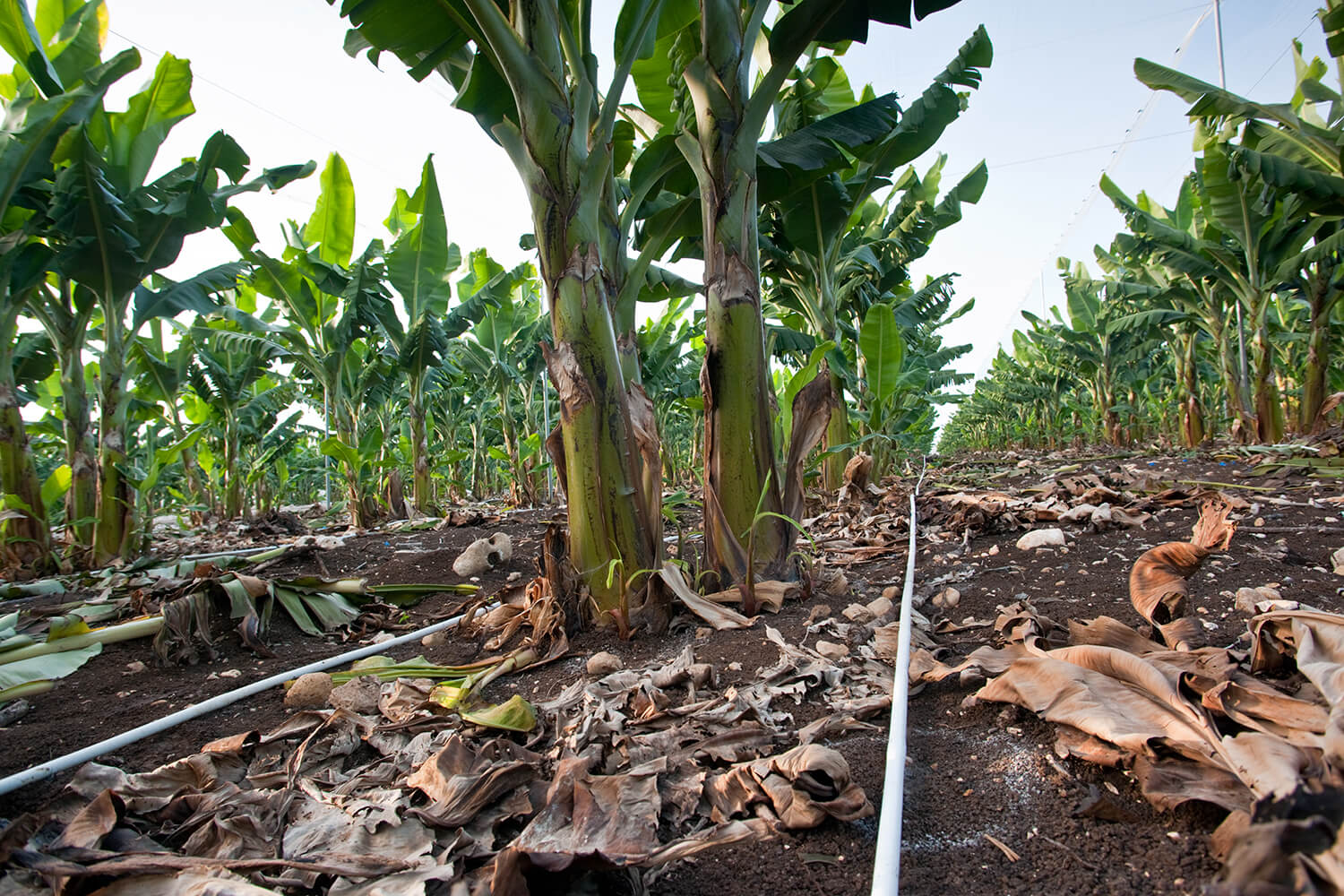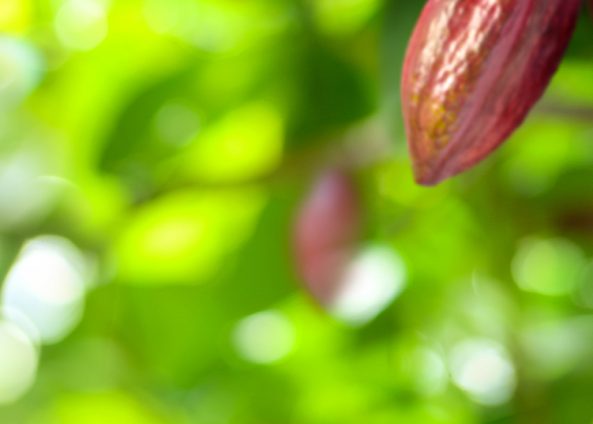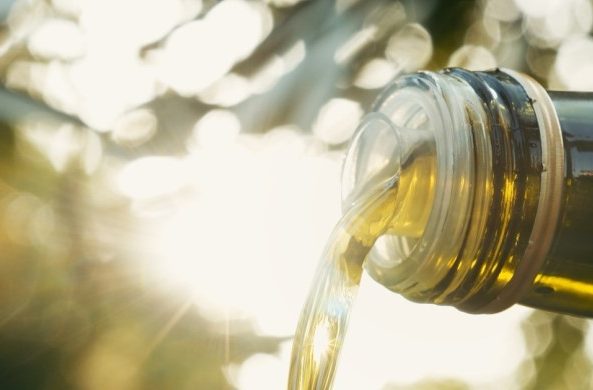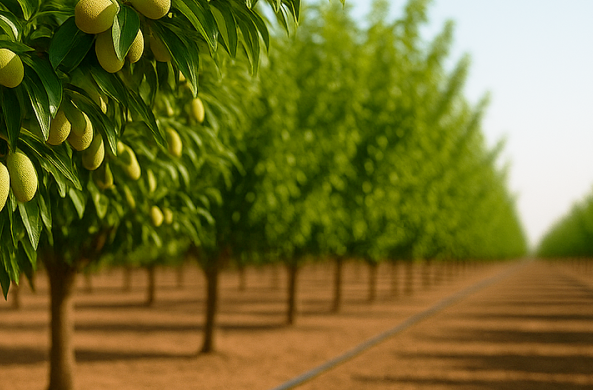
Why growers are choosing white drip line?
A growing trend is the use of white instead of black drip lines for orchards, vineyards and greenhouses. The color of drip line is a factor that is often overlooked, but it can have a significant impact on water temperature and other factors for your crop.
Traditionally, black irrigation drip lines are used for most drip irrigation systems. However, a disadvantage of a black drip line is that it absorbs more solar radiation, heating the water within the pipe. This heating can cause two issues, namely a negative impact on the root systems of plants, particularly younger ones, and secondly an increased build-up of algae.
Rivulis has undertaken a number of studies to determine the temperature difference between black and white drip lines. In one field study, white drip lines were run alongside black drip lines so the temperature of the water flowing through the system could be measured. When measured, water flowing through the white drip line was cooler by 10°C. This temperature difference can have a significant benefit for crops, particularly for young plants where feeder roots are more sensitive to water temperature.
The rate plants absorb water is influenced by temperature, and can vary depending on the climate the plant is adapted too. Most horticulture crops are cooler climate plants that have root systems that absorb colder water more efficiently.
Reduction of scale build up is another advantage that can increase the life span of the drip line by reducing the risk of dripper clogging. As the temperature of the tube is lower, calcium carbonate build up can be reduced, leading to less scale build-up in the drip line itself. This is an important consideration for growers with hard water sources that are of high risk.
There are a number of other advantages of white drip line ranging from reduced risk of expansion and contraction, to higher visibility in field.
To ensure strength, all Rivulis Irrigation drip line is co-extruded meaning that the inner layer of the tube is black, with a white outer layer to provide the heat reducing and reflective properties.






